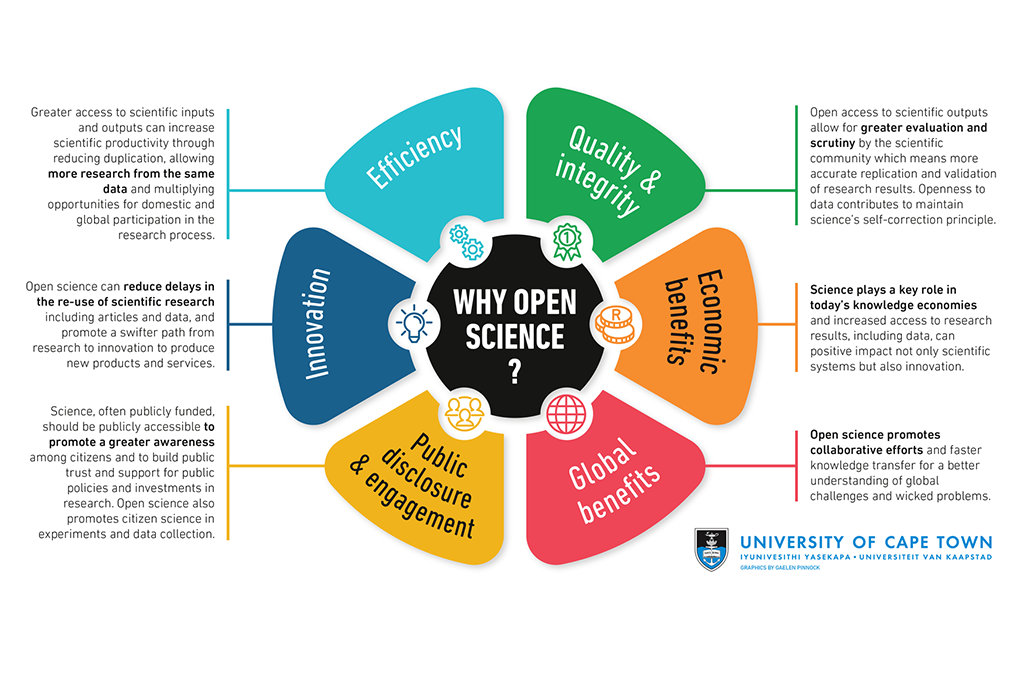Cory Doctorow at EFF: “In America, we hope that businesses will grow by inventing amazing things that people love – rather than through deep-pocketed catch-and-kill programs in which every competitor is bought and tamed before it can grow to become a threat. We want vibrant, competitive, innovative markets where companies vie to create the best products. Growth solely through merger-and-acquisition helps create a world in which new firms compete to be bought up and absorbed into the dominant players, and customers who grow dissatisfied with a product or service and switch to a “rival” find that they’re still patronizing the same company—just another division.
To put it bluntly: we want companies that are good at making things as well as buying things.
This isn’t the whole story, though.
Small companies with successful products can become victims of their own success. As they are overwhelmed by eager new customers, they are strained beyond their technical and financial limits – for example, they may be unable to buy server hardware fast enough, and unable to lash that hardware together in efficient ways that let them scale up to meet demand.
When we look at the once small, once beloved companies that are now mere divisions of large, widely mistrusted ones—Instagram and Facebook; YouTube and Google; Skype and Microsoft; DarkSkies and Apple—we can’t help but notice that they are running at unimaginable scale, and moreover, they’re running incredibly well.
These services were once plagued with outages, buffering delays, overcapacity errors, slowdowns, and a host of other evils of scale. Today, they run so well that outages are newsworthy events.
There’s a reason for that: big tech companies are really good at being big. Whatever you think of Amazon, you can’t dispute that it gets a lot of parcels from A to B with remarkably few bobbles. Google’s search results arrive in milliseconds, Instagram photos load as fast as you can scroll them, and even Skype is far more reliable than in the pre-Microsoft days. These services have far more users than they ever did as independents, and yet, they are performing better than they did in those early days.
Can we really say that this is merely “buying things” and not also “making things?” Isn’t this innovation? Isn’t this technical accomplishment? It is. Does that mean big = innovative? It does not….(More)”.

